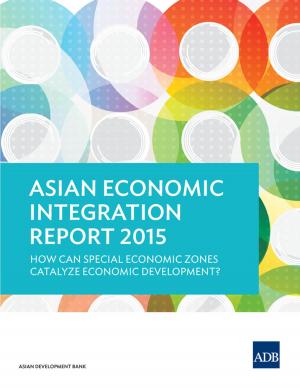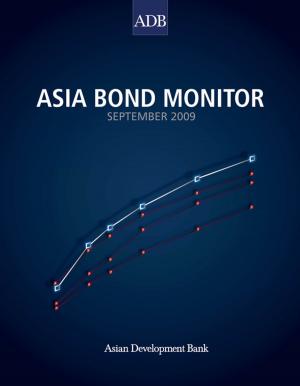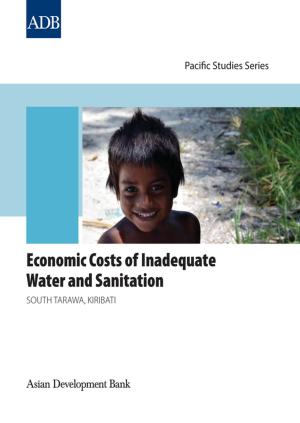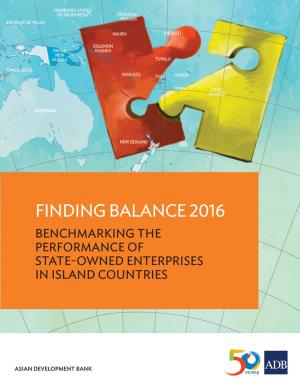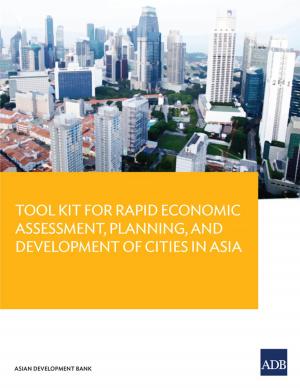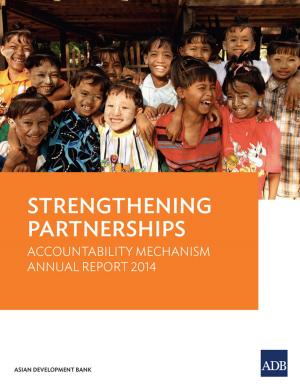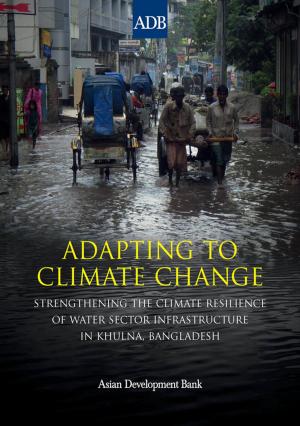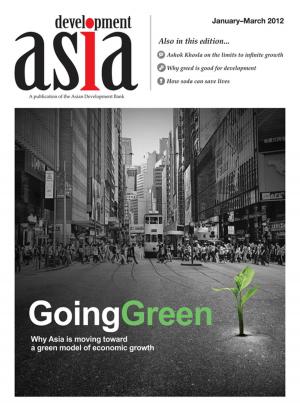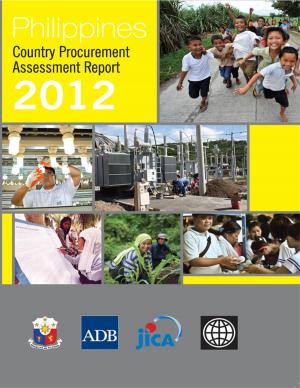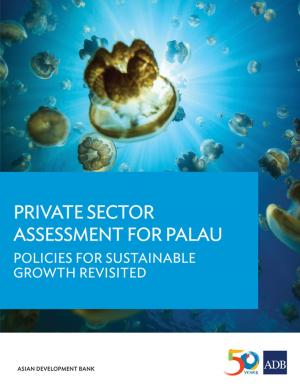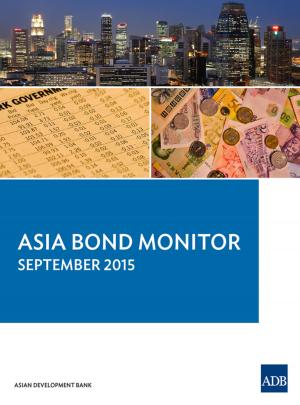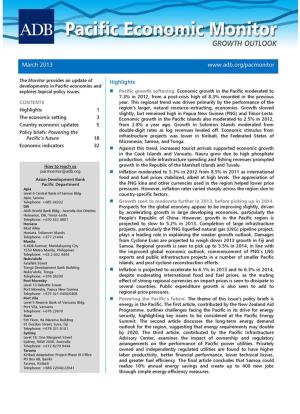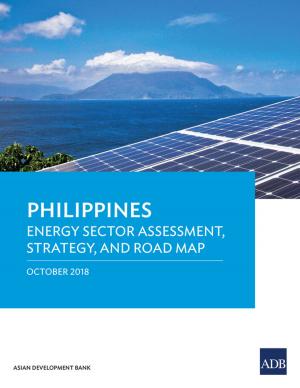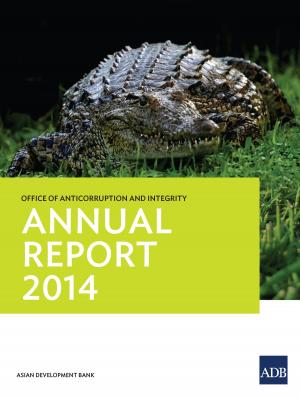Asian Sanitation Data Book 2008
Business & Finance, Economics, Sustainable Development, Economic Development| Author: | Asian Development Bank | ISBN: | 9789292547172 |
| Publisher: | Asian Development Bank | Publication: | October 1, 2009 |
| Imprint: | Asian Development Bank | Language: | English |
| Author: | Asian Development Bank |
| ISBN: | 9789292547172 |
| Publisher: | Asian Development Bank |
| Publication: | October 1, 2009 |
| Imprint: | Asian Development Bank |
| Language: | English |
Access to sanitation may have increased significantly in Asian cities between 1990 and 2006, but roughly 2 billion people in the region still do not have basci latrines, let alone more sophisticated sanitation and sewage treatment facilities. While sanitation is a complex issue that involves many factors —including awareness, policies and financing —the lack of complete, reliable and grounded data aggravates the situation hindering planners, managers, and policy makers from formulating feasible targets, prioritizing investments and designing doable projects. This publication is the first ever data book focusing on Asia's sanitation situation. It provides comparative sanitation statistics from 27 Asian cities and an in-depth analysis of these data. It also offers decision makers some tools and methods for processing data that they can use for their won knowledge development, advocacy, and planning. This databook is a joint undertaking of the Asian Development Bank, CITYNET, UN-Habitat, and Veolia Environment.
Access to sanitation may have increased significantly in Asian cities between 1990 and 2006, but roughly 2 billion people in the region still do not have basci latrines, let alone more sophisticated sanitation and sewage treatment facilities. While sanitation is a complex issue that involves many factors —including awareness, policies and financing —the lack of complete, reliable and grounded data aggravates the situation hindering planners, managers, and policy makers from formulating feasible targets, prioritizing investments and designing doable projects. This publication is the first ever data book focusing on Asia's sanitation situation. It provides comparative sanitation statistics from 27 Asian cities and an in-depth analysis of these data. It also offers decision makers some tools and methods for processing data that they can use for their won knowledge development, advocacy, and planning. This databook is a joint undertaking of the Asian Development Bank, CITYNET, UN-Habitat, and Veolia Environment.

